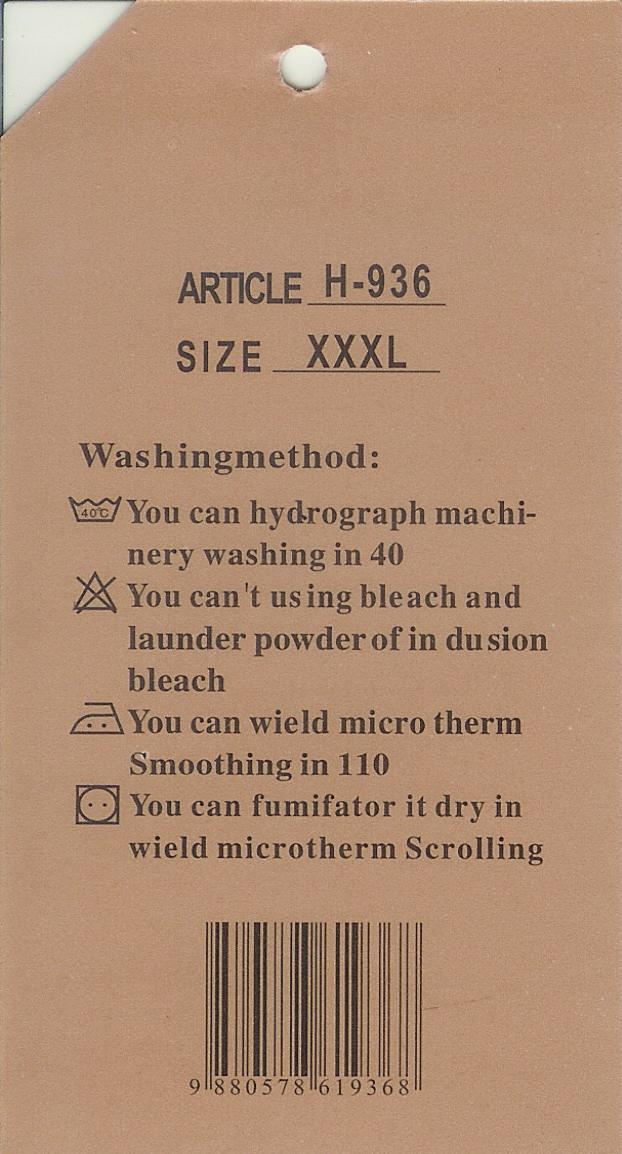Often I have come in from chatting to a neighbour and Geoff has asked, “What were you nattering on about?” He is impressed that I can hold a conversation in this land of missing consonants (someone on the coast is stockpiling them – there is a definite shortage up here) but he does not fully appreciate that what I think we have been chatting about is not necessarily what the other party perceived the topic of conversation to be. Learning a language after childhood is notoriously tricky, but we struggle on, encouraged by the forbearance of the Spanish, who seem to genuinely appreciate our efforts to integrate.
Often, when we have needed to ask a question or find information, we have resorted to using the marvellous Google Translate function (http://translate.google.com/ .) On the face of it, having the ability to translate whatever you want to say is A Good Thing, and can save a lot of time and trouble. Handing a piece of paper to the receptionist at the Ayuntamiento is not as satisfying as being able confidently to ask how to get the burst pipe outside the house fixed, but it does the trick. Once you have honed your language skills a little, the computer-generated translation can be used as a crib sheet. The only trouble is that, by the time Dolores and Mari-Carmen have finished their involved conversation, you will have forgotten the sentences you rehearsed, silently mouthing the words to yourself outside the door. Darting in and out to refresh the memory only reinforces the stereotype of the mad English!
I do, however, wonder how accurate these computer translation tools are. I just did a simple experiment, which did not reassure me greatly. It was a kind of Chinese whispers, but with no Chinese involved. I typed, “I would like to buy one of your chickens and a pound of lard, please.” (A perfectly reasonable, everyday piece of conversation, I thought.) into the translator, and asked it to translate it into Spanish. From there, I asked it to translate the Spanish into Danish, the Danish into Urdu, and then the Urdu back to English. The result? “In this chicken and a pound of lard is one, would you buy.” I am sure I could waste many happy hours producing ever more ridiculous translations, but you get the idea.
When we first bought the house and used to come out for short visits, we found we often had leftover food. One morning when we were leaving for the airport at some insane hour, we left a carrier bag with cheese, ham, eggs etc hanging on our neighbour’s door handle, with a little note, translated by Google. We didn’t know at the time that people hang their rubbish on their door-handles for the dustman to collect, so in all probability, the dustman had taken the bag before there was ever any scratching of the head and wondering what on earth our garbled message meant. I decided it would be too complicated and require far too many tenses to try to ask her about it when we next came over.
Ever since Gerard Hoffnung’s wonderful “French widow in every bedroom,” (http://www.youtube.com/watch?v=FFcgEF9_yik) I have been fascinated by odd translations. Our local Chino shops sell all manner of useful and less useful objects, many of them manufactured and labelled somewhere Google Translate or its equivalent are clearly in use.
“Amusing duck! Lay egg is true!!” announces the box containing a plastic duck that drops eggs from its bottom as you wheel it along the floor.
“Chirm wiggly pen holder!” declares another.
Visiting family have been known to whip out their cameras and take photographs of the packaging. They would never dream of buying the products, but the descriptions are priceless, and are proudly posted and shared online.
But it is not only with Spanish and Chinese that these lovely nonsense translations crop up. Many years ago, my Father-in-law was so impressed with the instructions in a Greek hire boat that he still to this day chuckles about what one should do when instructed in an emergency situation to “Hove the wains.” It seems that wherever there is language, there is scope for misunderstanding.
The other day, Geoff sent a query to a Spanish gentleman, following up a previous missive that had not received a reply. The two of them correspond by typing what they want to say into Google Translate, and then sending the results in each other’s language. Sometimes it is not difficult to apply a sort of reverse engineering technique and work out what the message was originally trying to express, but in this case, it took rather longer. “Tape-worm the torn computer,” he wrote, “and because of it me could connect.”
I think we had better just go and see him.



